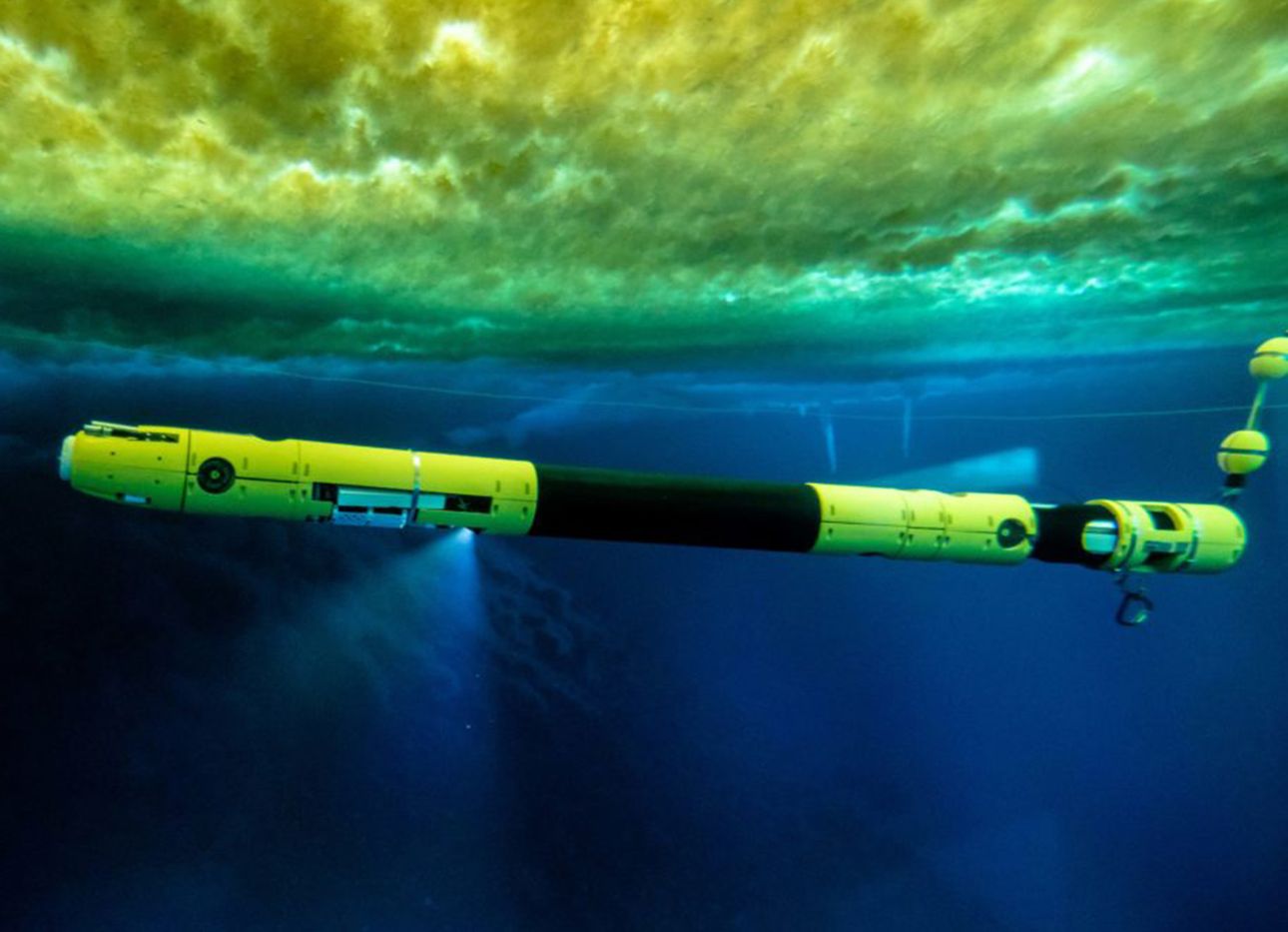
This Video Footage of the Thwaites Glacier Shows the Sea Levels Rising Before Our Very Eyes
For several years now, climate scientists have been studying “grounding lines”—the point at which a large glacier is buoyant enough to detach from the seafloor and become a floating ice shelf—in order to track the effects of global warming and predict future changes to the world’s coastlines. But only in recent months have they (in this case, a team from Georgia Tech’s School of Earth and Atmospheric Sciences and their handy “robotic oceanographer” Icefin) actually been able to capture video footage of the grounding zone of the Thwaites Glacier, part of the West Antarctic Ice Sheet, where it’s steadily leaking freshwater into the ocean. We now have, in other words, a direct time-based visual of sea levels rising before our very eyes, far from myths, theories, or long-term abstractions.
The giant Thwaites, roughly the size of Florida, is among the world’s largest and most vulnerable glaciers in the world, and is often referred to as the “Doomsday Glacier” for a reason: The increasing instability and potential collapse of this massive ice body alone would cause global sea levels to rapidly rise by 1.5 feet, an irreversible change to shorelines around the planet. According to glaciologists, the Thwaites’ grounding line is receding and moving several meters per day, and NASA has stated that the amount of ice flowing from it has doubled in the span of three decades—a development that, in our lifetimes, could very likely bring a terrifyingly new, literal meaning to the term “glacial pace.”